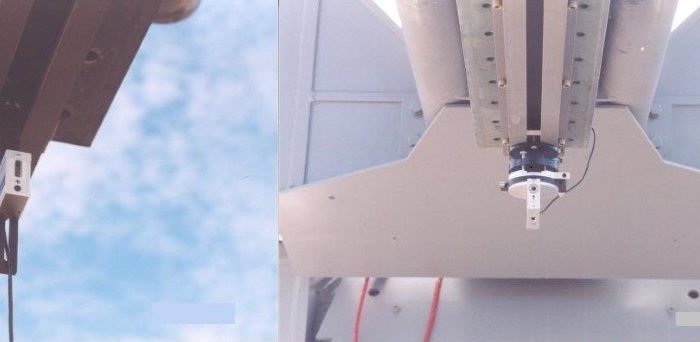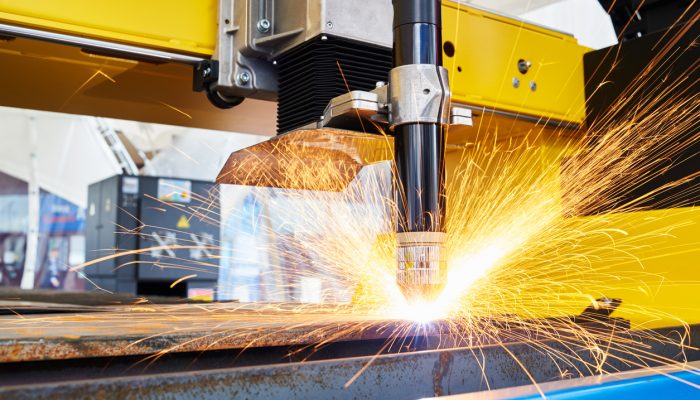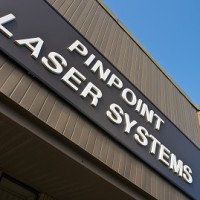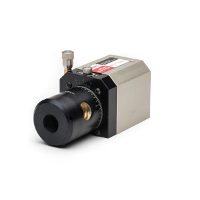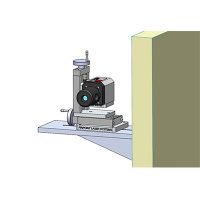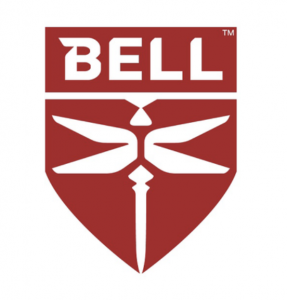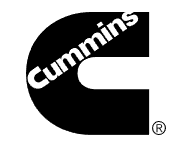Medical imaging scanners such as X-rays, CTs and MRIs are used in patient care to capture images of the body’s tissues, organs and bones. They are crucial for diagnosing, treating and monitoring different conditions, injuries and diseases.
Proper alignment of medical imaging scanners is vital for ensuring accurate and reliable diagnostic results. Misalignment can compromise image quality, patient safety and comfort, as well as operational efficiency. Laser alignment provides a non-invasive and precise method for ensuring that delicate components of medical imaging scanners are precisely positioned, leading to improved patient outcomes.
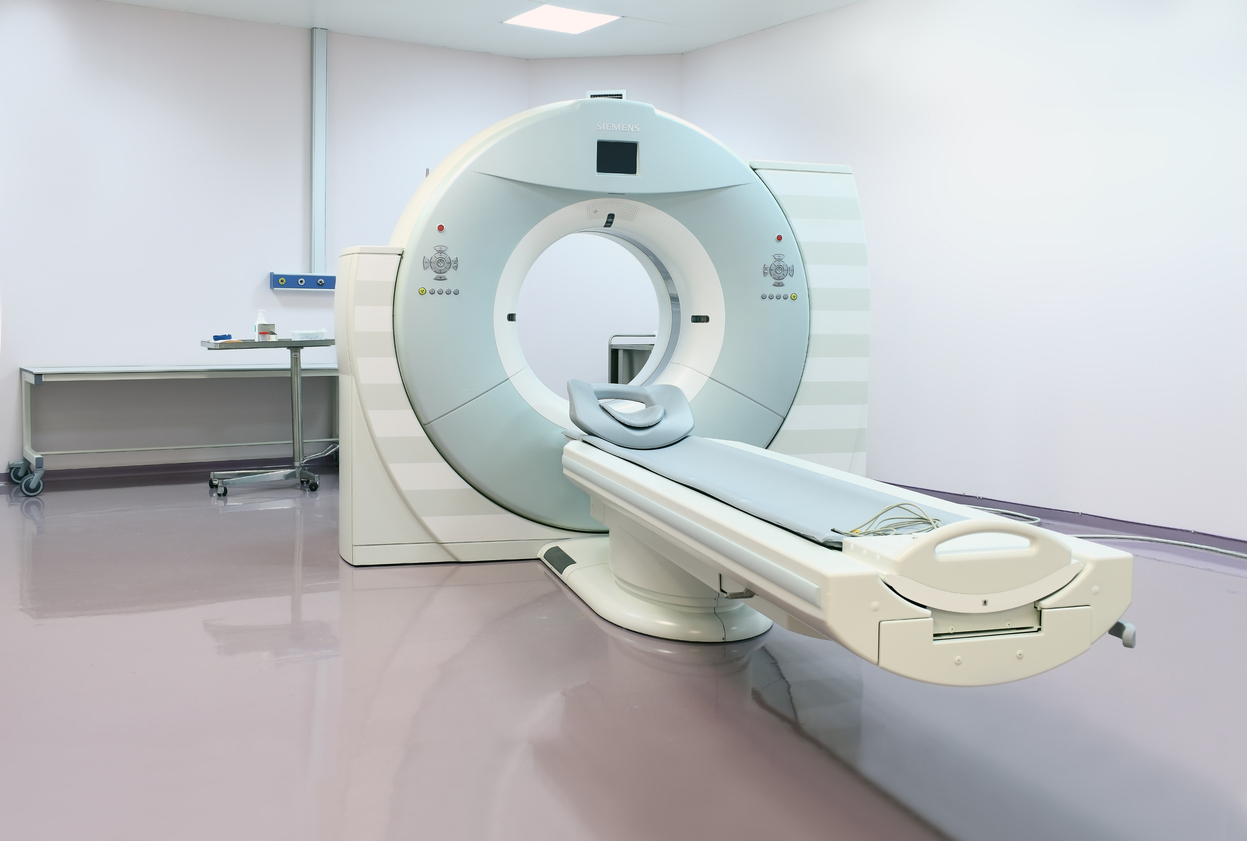
Uses of Laser Alignment
Aligning Patient Beds
In systems like CTs and MRIs, aligning patient bed travel is important to ensure that X-rays and other diagnostic measurements are correctly directed at the patient, resulting in optimal image capture. The beds must align with the scanner tunnel so that patients move in and out along a straight path.
With accuracy of 0.0001” (2.5 microns), a laser alignment system ensures high precision in patient table travel straightness and its alignment to the imaging scanner.
Positioning Scanner Assemblies & Rings
Scanner assemblies include mechanisms and sensors that facilitate the scanning process, while scanner rings are the circular components housing imaging devices. Correct positioning of these scanner components relative to the patient is important for obtaining accurate and reliable results. Any misalignment can distort results. Laser alignment tools can position and align scanner rings and assemblies with micron level accuracy.
Measuring Flatness and Planer Detector Assemblies
Detector assemblies in medical scanners must remain flat to maintain image quality. Any unevenness in the detector travel or plane can distort images. These assemblies also need to be aligned correctly to the patient and their travel through the scanner. Laser alignment systems can project a reference laser beam across the detector surface to identify deviations from a flat plane and verify that detector components are aligned with the scanner.
Laser alignment systems also can be used to:
- Measure runout on moving assemblies and scanners
- Position detector & emitting assemblies
- Verify scanner squareness or orthogonality to the patient
- Inspect travel straightness of the patient table through the scanner
- Check imaging system orientation
When to Use Lasers
Laser alignment systems are critical during the installation, troubleshooting and preventative maintenance of medical imaging scanners to ensure they operate accurately, reliably, and safely.
Installation
During installation, a laser alignment system can ensure equipment is perfectly positioned and oriented and that all components are correctly aligned. At this phase, patient tables are positioned to the central axis of the imaging system and the gantry, which houses and supports imaging equipment, is aligned with its intended axes. For CT scanners, a gantry’s rotational axis must align with the detector and X-ray tube.
Servicing
If issues arise, laser alignment systems can assist in troubleshooting by detecting minute alignment and component positioning changes in key components such as imaging detectors and gantries. Early detection and resolution of problems help prevent malfunctions and optimize operational efficiency.
Preventative Maintenance
Laser alignment systems are valuable tools for conducting periodic inspections and adjustments that maintain equipment functionality. They can automate tasks by allowing operators to remotely collect and analyze historical data, reducing the need for manual calculations and minimizing the risk of human error.
In summary, laser alignment systems provide a high-precision and cost-effective solution for aligning various components of medical imaging scanners that is critical to providing high quality imaging results in patient care.


